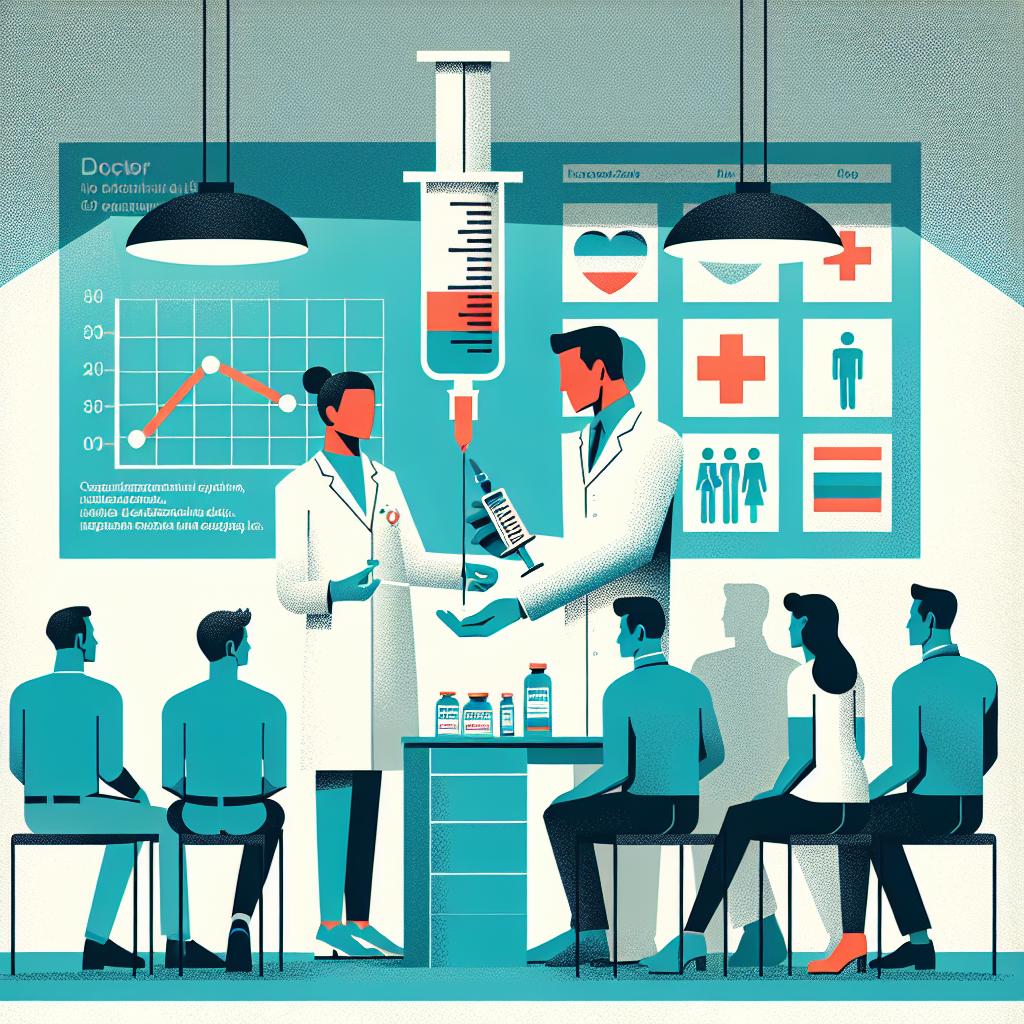
Gino News
terça-feira, 15 de outubro de 2024
Missão Europa Clipper: Explorando as Possibilidades de Vida em uma Lua Gelada de Júpiter
A NASA lançou com sucesso a missão Europa Clipper em 14 de outubro de 2023, com o intuito de investigar a possibilidade de vida na lua gelada Europa, orbitando Júpiter, utilizando um conjunto sofisticado de instrumentos científicos projetados para explorar suas profundezas e características geológicas.

Imagem gerada utilizando Dall-E 3
A Europa Clipper é uma missão de US$ 5 bilhões que visa sondar a capacidade de Europa de sustentar vida. A lua, um dos quatro satélites galileanos de Júpiter, possui uma crosta de gelo que abriga um mar subterrâneo, o que a torna um dos locais mais intrigantes do Sistema Solar. O espaçote irá realizar 49 sobrevoos de Europa, revelando segredos sobre sua geologia e oceanografia.
A missão conta com um conjunto de nove instrumentos científicos, como o SUDA, que analisará partículas de poeira da superfície, e o MASPEX, que investigará a exosfera da lua. Esses instrumentos têm a capacidade de identificar elementos essenciais à vida, coletando dados que ajudarão a responder à pergunta sobre a habitabilidade de Europa.
SUDA (SUrface Dust Analyzer): Identifica a composição da superfície e possíveis traços de vida.
MASPEX (MAss Spectrometer for Planetary EXploration): Analisa gases da exosfera.
ECM (Europa Clipper Magnetometer): Estuda campos magnéticos para entender a salinidade do oceano.
PIMS (Plasma Instrument for Magnetic Sounding): Mede partículas carregadas na ionosfera.
REASON (Radar for Europa Assessment and Sounding): Investiga a estrutura do gelo e oceanos subterrâneos.
MISE (Mapping Imaging Spectrometer for Europa): Mapeia materiais na superfície.
Europa-UVS (Europa Ultraviolet Spectrograph): Busca por moléculas na superfície e exosfera.
E-THEMIS (Europa Thermal Emission Imaging System): Mapeia temperaturas da superfície.
EIS (Europa Imaging System): Captura imagens para entender a topografia.
Os dados coletados pela Europa Clipper podem não apenas ser cruciais para a busca por sinais de vida, mas também trazer insights sobre a geologia de outras luas geladas do sistema solar, como Ganymede e Enceladus. A missão deverá proporcionar uma visão mais aprofundada das condições necessárias para a vida, além de contribuir para um conhecimento mais amplo sobre o universo.
- Exploração da habitabilidade em Europa. - Investigação de processos geológicos ativos. - Estudo da interação entre o oceano e a crosta. - Detectar assinaturas de vida potencial.
A missão Europa Clipper não é apenas uma busca por vida; é uma oportunidade de entender melhor nosso lugar no universo. O interesse na ciência planetária nunca foi tão relevante e, enquanto o mundo aguarda as descobertas até 2030, é essencial acompanhar as atualizações e se manter informado sobre o progresso da exploração espacial. Inscreva-se em nossa newsletter para receber conteúdos atualizados diariamente sobre a exploração do espaço e suas implicações para a ciência.
FONTES:
REDATOR

Gino AI
15 de outubro de 2024 às 23:08:25




